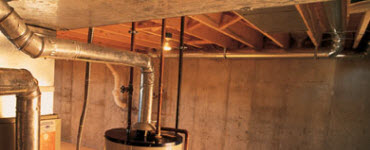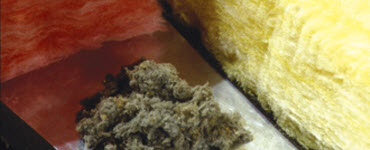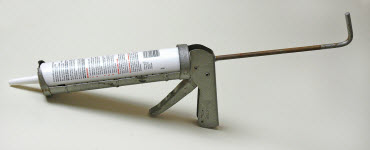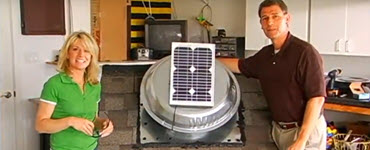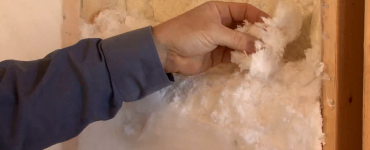Weatherizing materials
A typical home will need about $50 in weatherizing materials - and the cost can be paid back in energy savings in just a few weeks.
Choosing the right caulk
The hardest thing about weatherizing your home is choosing the right caulk. The staff at your local hardware store or home center can help you find the one you need.
- What it's made of: Latex and acrylic are paintable and can be cleaned up with water, and they can be painted; use latex or acrylic in cracks that won't expand and contract beyond 1/8th of an inch. Silicone lasts longer and adheres better, but it sets up quickly, making it harder to clean up mistakes - and paint won't stick to it.
- Where it can be used: Most silicone caulks work both indoors and outdoors, while some latex caulks should only be used indoors. Other caulks are formulated specifically for high-moisture areas like kitchens and bathrooms to fight mildew growth.
- Durability: It's worth the small extra price to get a caulk with a 50-year warranty.
- Color: Choices usually include white, clear, gray or almond. Color choice is especially important with silicone caulk, because it can't be painted.
- The container: If you're a home-improvement novice, spend a little more for the squeezable tubes - they're much easier to handle than caulking guns, especially in small areas.
- How much to buy: One canister of caulk is usually enough to weatherize two windows or doors.
Other weatherizing materials
- Rope caulk is great for temporary use. It feels like modeling clay - it comes in a roll and peels off in a long strip. Use it around movable parts of windows and around doors you don't use.
- Expandable foam sealant works well in larger holes and crevices on the exterior of your home, such as air conditioner hoses. Be careful when using this product - it's difficult to clean, and the rapid expansion can split wood if you use too much.
- Window glazing seals the glass windowpane against the frame. Tap lightly on your windowpanes - if they're loose, they're leaking air. Glazing comes in canisters, tubes or rope.
- Weatherstripping blocks drafts along the edges of doors and windows. It comes in strip of foam, or thin V-shaped metal.
- Rubber or vinyl door sweeps and adjustable vinyl thresholds stop cold drafts from blowing in under your doors.
- Outlet gaskets are thin rectangles of foam that fit behind the covers of electrical outlets and light switches. You'll find these in the electrical section of the home center or hardware store.
- Outlet safety caps, designed for childproofing, are also great for block air drafts. Look for these in the electrical section, or in the baby products aisle.
More from this category
Basements and crawlspaces
Insulating your new house's basement up to R-10 can help reduce energy costs by up to 12 percent.
Insulation options
The right insulation material for your home depends on where it will be used and what type you already have.
Weatherizing tips & tricks
Use this checklist to make sure you don't overlook hidden energy wasters in and around your home.
Solar attic fan
Insulation tips & tricks
Spray foam insulation
Spray foam insulation does a great job of sealing up cracks and crevices, if it's installed properly. Learn more about open-cell spray foam options.
Vapor barriers & ventilation
An energy-tight home requires adequate ventilation and vapor control to maintain healthy air.


